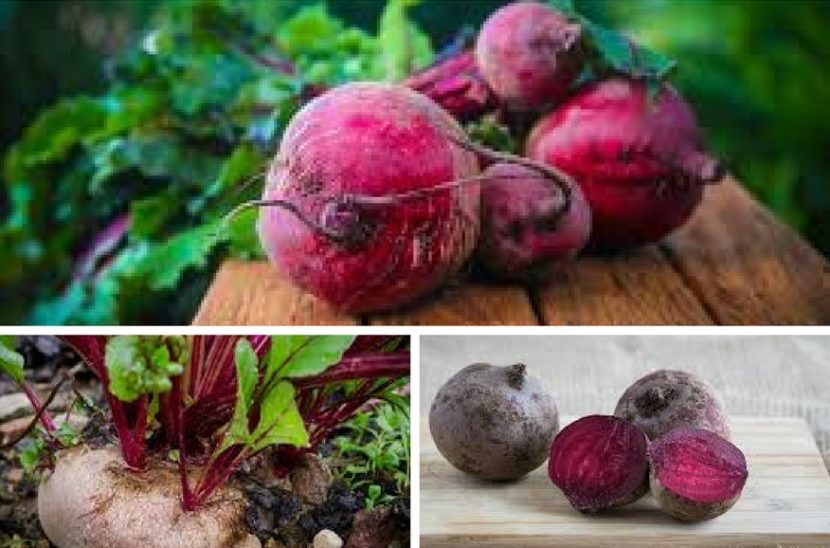Beta vulgaris
Cultivation
It is usually sown directly to its regular spot, or for seedlings.
Distance between plants
At least 30 cm (12 in) between rows and at least 5 cm (2 in) between plants in a row.
Location
Sunny.
Amount
Approx. 20 plants per person.
Time of planting
April to June. Shade when sowing in summer. It germinates in 6 to 14 days.
Fertilization
With home compost. It needs a lot of potassium, less phosphorus and even less nitrogen. Avoid barn manure. It is sensitive to the lack of boron. Add comfrey brew or wood ash.
Watering
When it germinates, the soil should be moist. Afterwards it doesn’t need much water. Water rarely, but 30 cm (12 in) deep. You can water over the leaves, but only in the morning. Use organic mulch; comfrey is best.
Beetroot’s good neighbors
Onion, black radish, chives, beans, kohlrabi, cucumbers, parsnip, parsley, lettuce, sweet corn.
Beetroot’s bad neighbors
Spinach.
Diseases and pests
Lice, nematodes, grey mould, flea beetle. Don’t use barn manure and don’t add nitrogen. Use organic mulch.
Beetroot’s storage
Pick young plants. Remove the leaves and store in sand in a cool and moist basement. Be careful not to damage the root.
Food
Use the leaves and the root. The leaves can be eaten like spinach. The root can be pickled or baked in the oven like young potatoes. It contains the red anthocyanin, amino acids and some rare minerals (cesium, strontium, cobalt).
Important
If you planted too densely, you can thin the plants out. Long rows give higher yield in the same sized area.
Miscellaneous
It is very good for anemia. It grows well in half-shade. It is related to Swiss chard.

